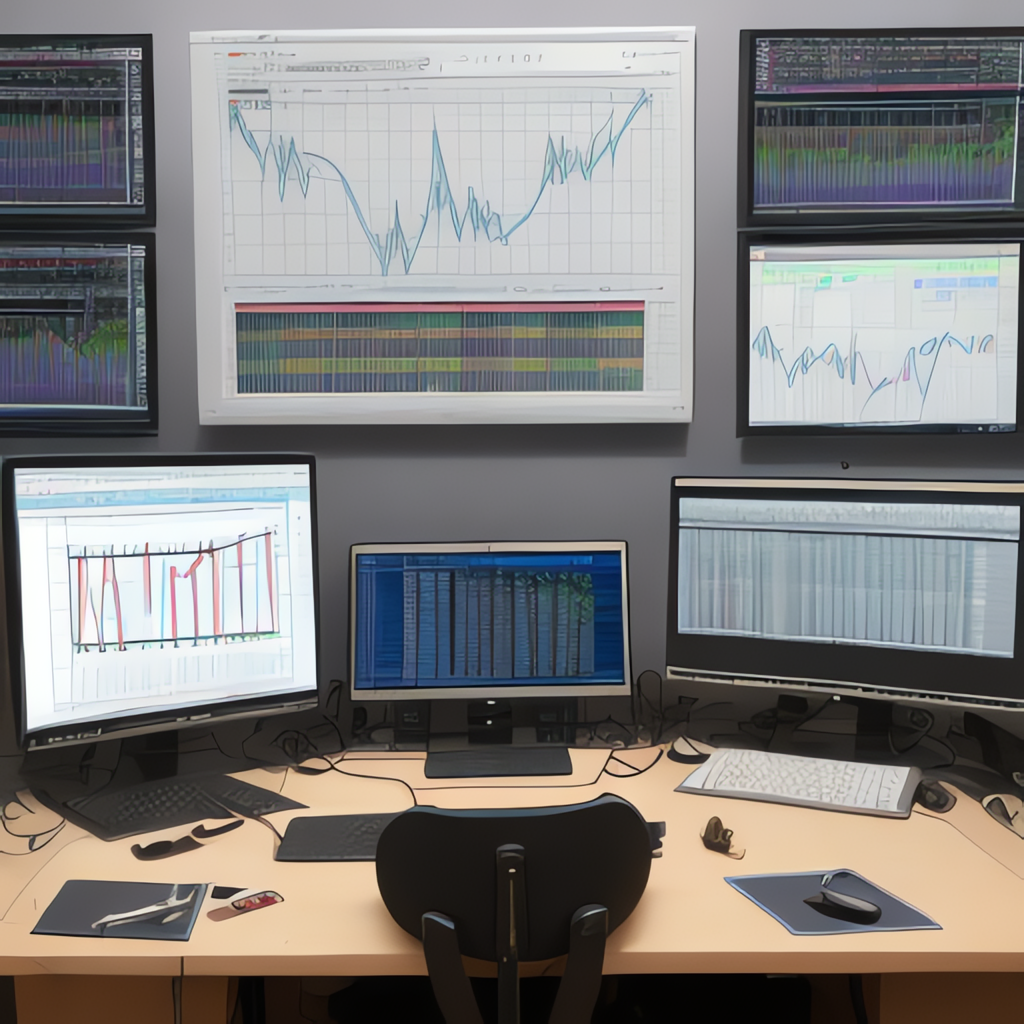Unlocking Insights with Data Visualization: A Comprehensive Guide to 15 Key Chart Types
Data visualization serves as a powerful tool for understanding complex data sets, extracting valuable insights, and presenting information in an easily digestible format. It enables businesses and individuals to communicate the story behind their data, making informed decisions based on a deep understanding of trends, patterns, and relationships. With countless types of charts and graphs at our disposal, it can be overwhelming to choose the right one for a particular project. In this guide, we’ll explore 15 essential chart types, emphasizing their use cases, strengths, and limitations.
### 1. Bar Charts
Bar charts represent data with rectangular bars, where the length of each bar corresponds to the value it represents. Useful for comparing quantities across different categories. They can be displayed in vertical or horizontal orientations.
### 2. Line Charts
Line charts connect data points with lines, typically used to display continuous data over time. They’re excellent for showing trends and patterns as they emerge.
### 3. Area Charts
Similar to line charts, area charts emphasize magnitude over time. The area under the line is filled in to visually highlight trends and magnitudes.
### 4. Stacked Area Charts
Stacked area charts are ideal for portraying the parts of a whole over time, as each value is stacked on top of the previous one, allowing the viewer to understand the contribution of each part.
### 5. Column Charts
Column charts are bar charts oriented vertically, displaying data in the form of columns. They’re particularly effective for comparing values across different categories when dealing with nominal data.
### 6. Polar Bar Charts
Also known as spider or radar charts, polar bar charts use axes radiating from the center to represent multiple variables. They’re beneficial for presenting multivariate data in a visually appealing manner, but can be complex to read.
### 7. Pie Charts
Pie charts depict the proportions of individual components or categories within a complete circle. They’re straightforward for illustrating percentages within a whole.
### 8. Circular Pie Charts / Donut Charts
Essentially an evolution of pie charts, circular pie charts display data in a full circle, with an empty center that allows for additional visual data, such as comparison metrics or labels.
### 9. Rose Charts / Polar Charts
Rose charts show circular histograms, where sectors are used to categorize data points by their values relative to a central axis. Useful for displaying angular data like wind direction or compass points.
### 10. Radar Charts
Radar charts are similar to spider charts but are often used in a 3D context. They are ideal for comparing multiple quantitative variables for one or more groups.
### 11. Beef Distribution Charts
Rarely used in professional circles, beef distribution charts might refer to a type of graphical representation that displays data in a tabular form with lines or bars. They are not commonly known, and there seems to be a potential typographical error in the original description.
### 12. Organ Charts
Unlike traditional data visualization charts, organ charts are used to represent hierarchical structures, such as corporate or organization structures. They are not primarily visual representations of numerical data trends.
### 13. Connection Maps
Connection maps, often used in network analysis, display the relationships between entities, typically in social networks or data lineage in computer networks. They can employ both visual elements and labels to identify the nature of the connections.
### 14. Sunburst Charts
Sunburst charts are excellent for showing hierarchical data, where each level of the hierarchy is represented by a ring. They’re particularly useful for depicting multi-level data structures, such as categories of categories.
### 15. Sankey Charts
Sankey charts are a flow diagram in which the width of the arrows is proportional to the flow quantity. They are particularly useful for illustrating flows within systems, like data flow diagrams or energy consumption systems.
### Conclusion
The selection of a chart type depends on the specific data to be visualized and the insights you want to communicate. Each of the fifteen charts outlined here serves different purposes and can provide unique insights when used appropriately. Understanding the characteristics, advantages, and limitations of each can help data analysts and visualization creators choose the best visualization tool for their data-driven tasks. Remember that the ultimate goal of data visualization is to make complex information easy to understand and actionable, fostering informed decision-making across organizations.
